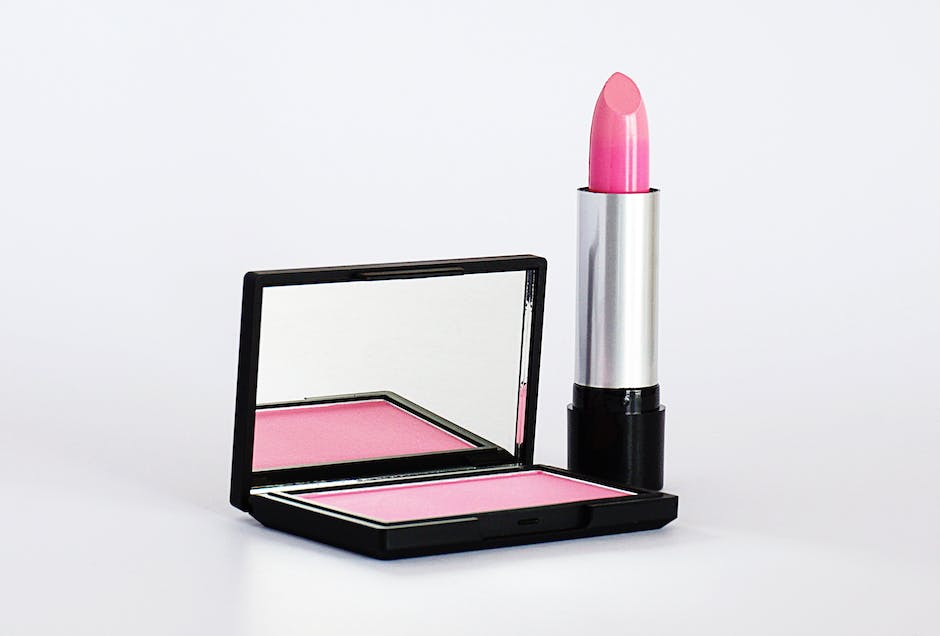Basics of Classical Conditioning
To begin with, classical conditioning is a type of associative learning where a neutral stimulus eventually comes to evoke a response that’s usually evoked by another stimulus. Here’s a little peek into Pavlov’s experiments to simplify the concept.
- Pavlov presented dogs with food (unconditioned stimulus), which naturally led them to salivate (unconditioned response).
- He then presented a bell (neutral stimulus) at the same time as the food.
- After a few repetitions, the dogs began to salivate at the sound of the bell alone (now a conditioned stimulus), even when no food was presented. Voila! This is classical conditioning.
From Bells and Dogs to Brands and Consumers
Now you might be thinking, “Great, but what does this have to do with marketing?” Remember that in marketing, ‘stimulus’ could easily translate to a brand or product, and ‘reaction’ could be a customer’s response.
Companies manipulate the concepts behind classical conditioning to create associations between their products and specific feelings or responses. Here are a few practical illustrations:
- The Coca-Cola Christmas ads: The ads typically depict warm, joyful, family experiences with Coca-Cola being consumed. Over time, you begin to associate happiness, warmth, and joy with consuming Coca-Cola. That’s classical conditioning at play!
- Intel’s sound logo: The easily recognizable “Intel Inside” jingle at the end of every Intel-focused advertisement conditions consumers to associate the sound with Intel’s technological products.
Classical Conditioning and Marketing Strategies
So, how can marketers use classical conditioning effectively? Here are key strategies:
- Consistent pairing: It’s the repetition of the association that makes classical conditioning successful. Just like Pavlov paired food and the bell consistently, businesses must regularly link their product with positive stimuli.
- Choose the right ‘unconditioned stimulus’: The stimulus should ideally resonate with the target audience and align with the product or brand values.
Effect on Consumer Behavior
Classical conditioning can influence consumer behavior significantly. By building positive associations with a brand or product, companies can:
- Propel purchase intentions: Positive feelings or responses towards a brand can lead to increased purchase intentions
- Build brand loyalty: Conditioning can result in consumers feeling more committed to a particular brand.

Examples of Classical Conditioning in Advertising
Classical conditioning can be a powerful tool in marketing, enabling brands to establish unique associations in consumers’ minds. Let’s dive deeper into some real-world examples that demonstrate its application in advertising.
McDonald’s ‘I’m Lovin’ It’ Jingle
Have you ever found yourself humming the McDonald’s ‘I’m Lovin’ It’ Jingle? That’s classical conditioning at work.
The repeated pairing of the catchy tune with images of delicious food, happy people, and the brand’s logo has created an automatic association for many listeners. Hear the jingle, think of McDonald’s, and possibly even feel a craving for a Big Mac!
Nike’s Swoosh Logo
Nike’s iconic ‘Swoosh’ logo is yet another perfect example of classical conditioning in advertising.
Just one glance at the check-like symbol evokes thoughts of athletic achievement, high-quality sportswear, and endurance – all attributes that Nike has painstakingly paired with this simple design over years of prominent placement in sports events and compelling ad campaigns.
Tiffany & Co.’s Blue Box
Likewise, the well-known jeweler Tiffany & Co. has successfully conditioned consumers to associate a particular shade of blue known as ‘Tiffany Blue’ with luxury, exclusivity, and romance.
Their blue box and white ribbon packaging is now so synonymous with quality and prestige that many customers admit being just as excited by the box as what’s inside it.
Nationwide’s Jingle
Insurance company Nationwide’s jingle showcases how classical conditioning can work audibly.
With their familiar “Nationwide is on your side” jingle playing at the end of every ad, the brand fosters a subconscious mental link between its service and being supported or taken care of.

Effect of Classical Conditioning on Buying Habits
Having explored the basic concepts and applications of classical conditioning, it’s worthwhile to dive into some special cases that provide interesting highlights to this psychological phenomenon in the context of marketing.
McDonald’s – ‘I’m Lovin’ It’ Jingle
The golden arches of McDonald’s, the iconic McDonald’s jingle, ‘I’m Lovin’ It,’ presents a fitting example. As soon as the notes hit, it is common for people to instantly recognize it and even associate it with the experience of eating at the fast-food chain.
The sound serves as the Conditioned Stimulus (CS), while the burgers being the Unconditioned Stimulus (US). The Unconditioned Response (UR) triggered by the US is the sensation of hunger, which gets associated with the CS, conditioning an elicited feeling of hunger when hearing the jingle.
Nike’s Swoosh Logo
Visual elements play a significant role in classical conditioning. One such instance is Nike’s swoosh logo. Consumers have come to associate this logo as a seal of quality sportswear.
The sight of the swoosh logo (CS) invokes a similar level of satisfaction and quality assurance (CR) offered by Nike’s sports gear (US).
Tiffany & Co.’s Blue Box
Color matters too! Tiffany & Co. manages to do this with their distinctive ‘Tiffany Blue’ box. Every time a customer sees that particular color, even outside the context of Tiffany & Co., they might be reminded of luxury, quality, and elegance – all qualities which they associate with the jewelry brand.
Nationwide’s Jingle
The Nationwide Insurance jingle is yet another example of how potent sound can be as in classical conditioning in marketing. “Nationwide is on your side” rings in the ears of many as soon as they think of insurance services.
The jingle (CS) forms an association with a trusted insurance service (US) eliciting a feeling of security (CR).
Imagine a hypothetical breakfast cereal, ‘Crunch-Os’
Every time a TV commercial for ‘Crunch-Os’ comes on the screen, a catchy, cheerful jingle plays.
After repeatedly hearing this tune during the commercial, listeners start associating it with breakfast time, kids having fun, and indeed, ‘Crunch-Os’ cereal.
So, without even realizing it, every time they hear that jingle, they might start craving a bowl of ‘Crunch-Os’. That’s the potential power of classical conditioning in action, driving brand loyalty by creating a positive, lasting impression of a product in potential customers’ minds.

